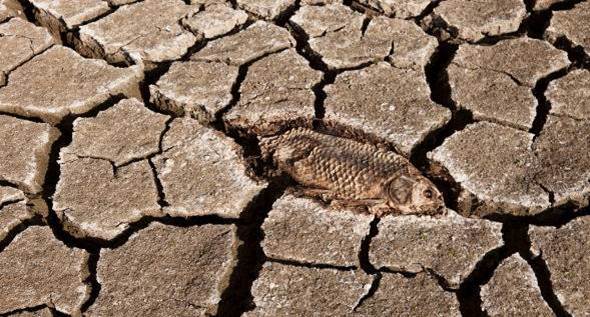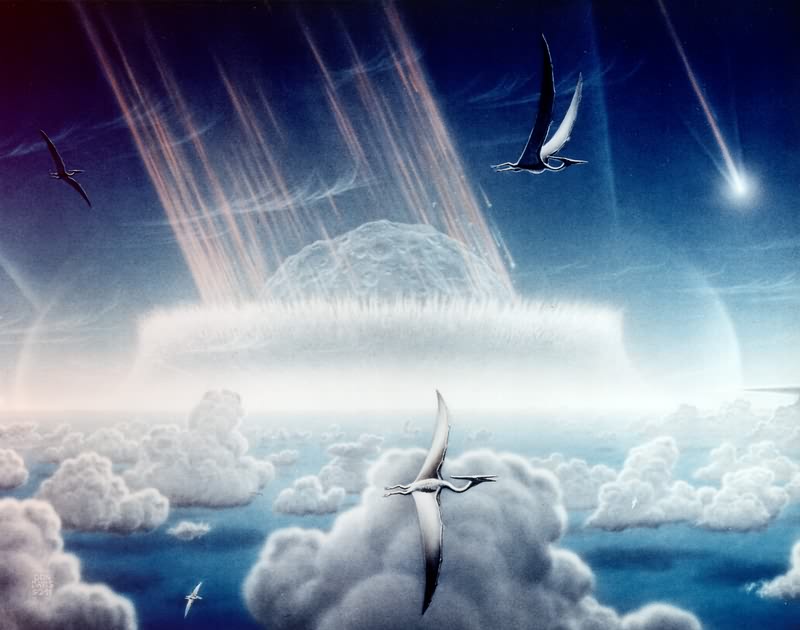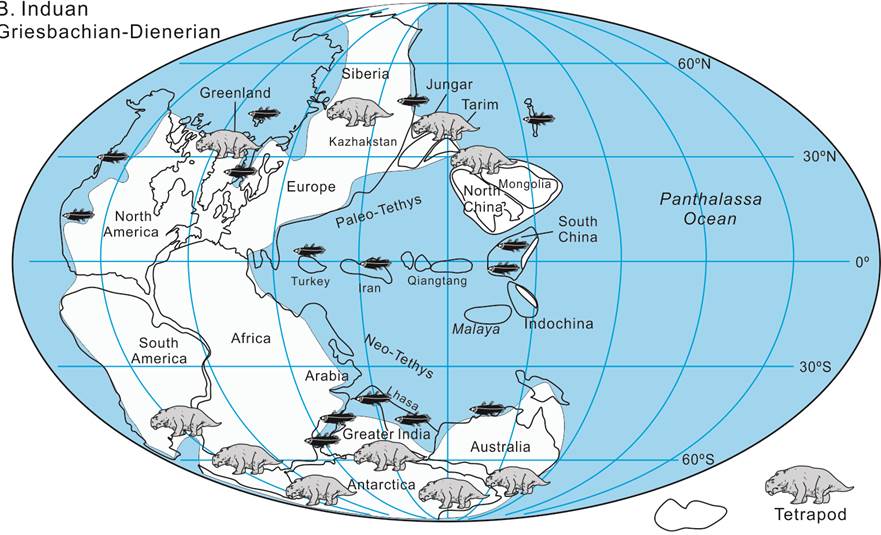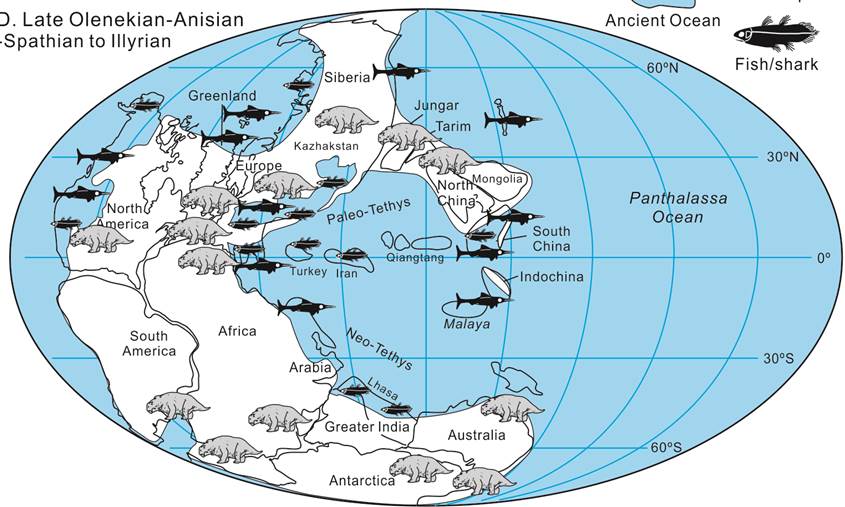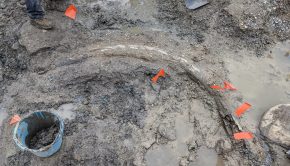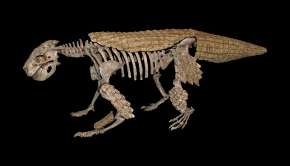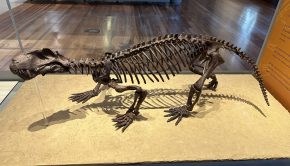Episode 23: Mass extinctions
What are Mass extinctions, how are they quantified, what are the driving forces behind them, how bad were the ones in the past and will we have more in the future?
To answer these questions we are joined by mass extinctions specialist Prof. Paul Wignall of the University of Leeds, UK.
In this episode we look at two of the ‘big 5’ mass extinctions of the past: the Cretaceous-Paleogene (alternatively referred to as the Cretaceous-Tertiary) and the Permian-Triassic events. We discuss the possible causes of each event and how these acted to the detriment of life, we discuss the winners and losers of each mass extinction and question if such massive events are inevitable in the years to come.
Podcast: Download (Duration: 59:56 — 48.0MB)
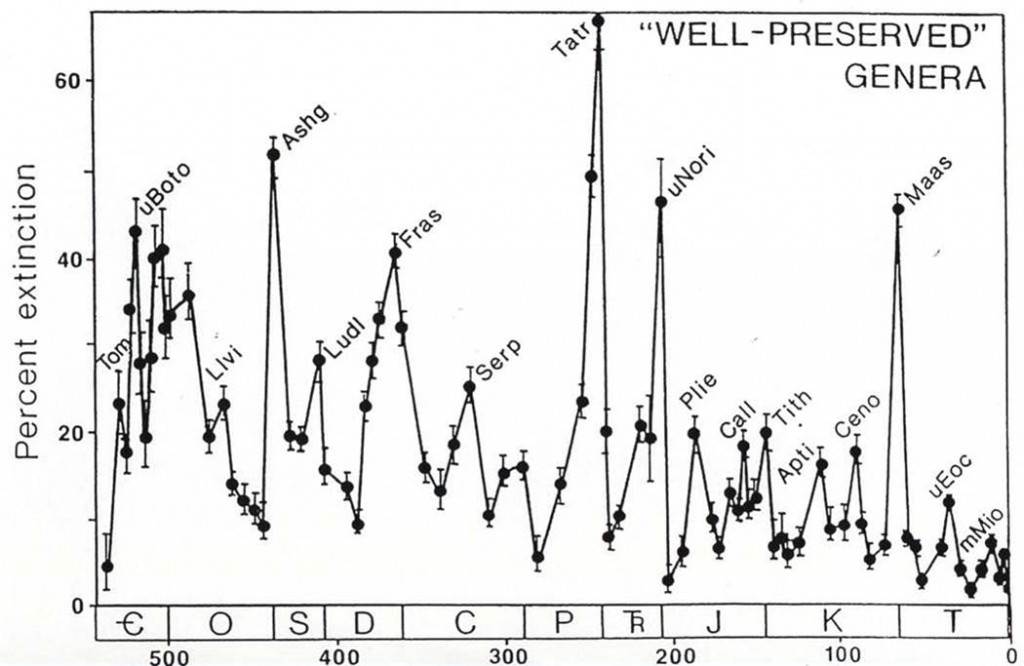
Despite mass extinctions being known of for as long as Darwin’s age, the relatively recent work of David Raup and Jack Sepkoski in 1982 was the first compilation of fossil data looking at mass extinctions. They were able to identify those extinction events statistically above the background extinction levels: the so-called ‘Big 5’, but they also identified a decrease in events towards the modern day.
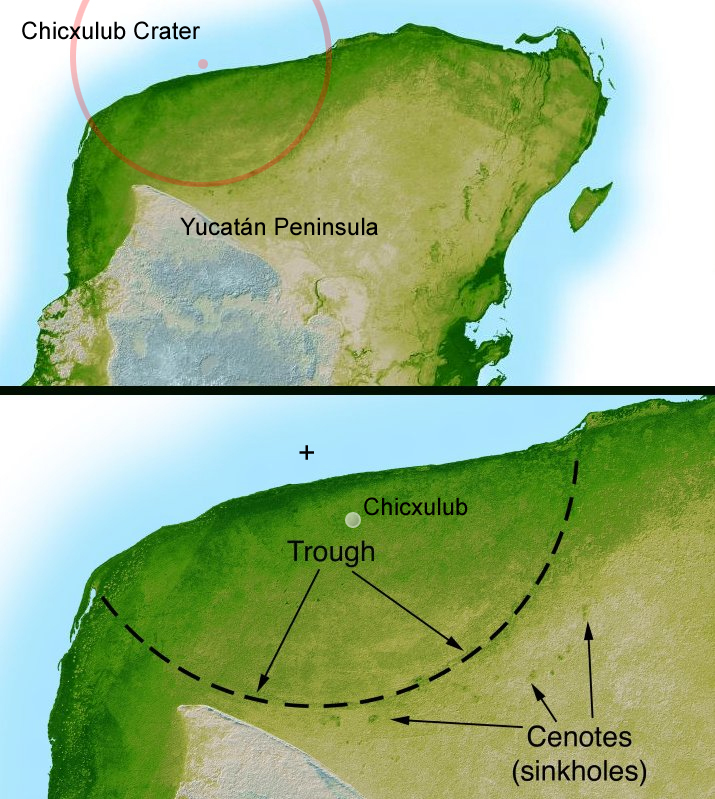
There is a lot of evidence for this event, initially through the work of Alvarez et al. (1980) who suggested that sediments at the K-T boundary contained an abnormal amount of Irridium, a rare earth element, but rich in meteorites. They calculated that a 10 km diameter meterorite could have been the source. Later Hildebrandt et al. (1995) would go on to measure a 150 km wide crater on the Yucatan Peninsula. The Chicxulub Crater was a remarkable match for the suggested meteorite of Alvarez et al.
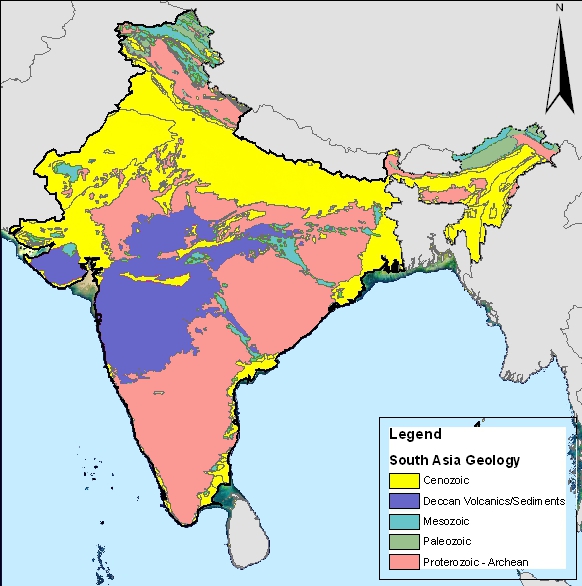
Despite this obvious, ‘smoking gun’, cause of the K-T extinction, massive volcanic eruptions in India could also have been a contributing factor. The Deccan Traps (Figured, purple) are a large volcanic province characterised by expansive flood basalts, estimates suggesting that up to 1.5 million km² of lava was erupted. Due to the continued expulsion of gasses, these eruptions would have had a detrimental effect on the climate.
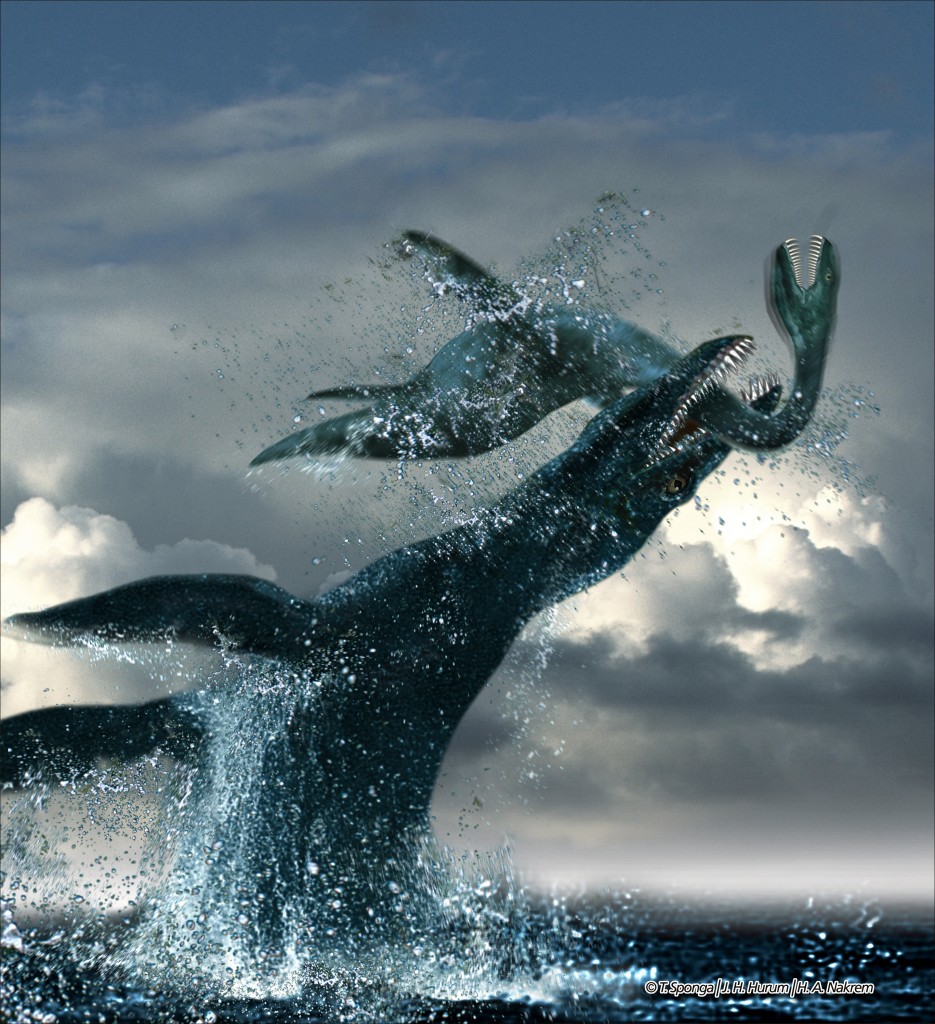
Dinosaurs are the obvious victims of the K-T event, but amongst the other 65 – 70% of life to go extinct were the marine reptiles (pictured), pterosaurs, ammonites, belemnites and a wide variety of plants. Despite being widely regarded as the ultimate beneficiary of this extinction event, mammals also suffered their largest extinction to date.
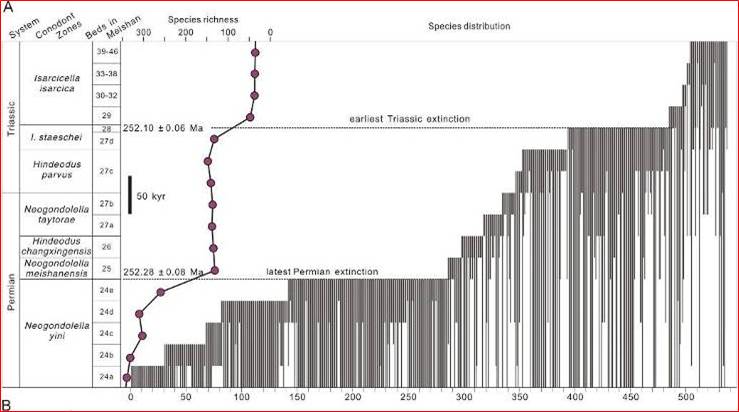
The mass extinction at the earlier Permian-Triassic boundary was significantly larger with up to 96% of species in the marine realm disappearing. Recently, with colleagues, Prof. Wignall has identified the possibility that the extinction even may have occurred in two pulses.
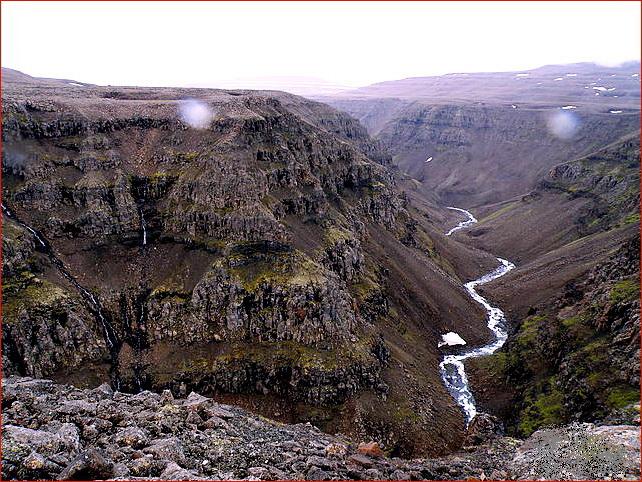
The exact causes of the P-Tr mass extinction are not as obvious as for the K-T. There are many possible events, but perhaps some of the best evidence is from the Siberian Traps, another large volcanic expanse, estimated to have erupted as much as 7 million km².
Amongst the 96% of life to go extinct were animals such as trilobites, brachiopods and corals. Those that survived the extinction were generalists such as Lystrosaurus.
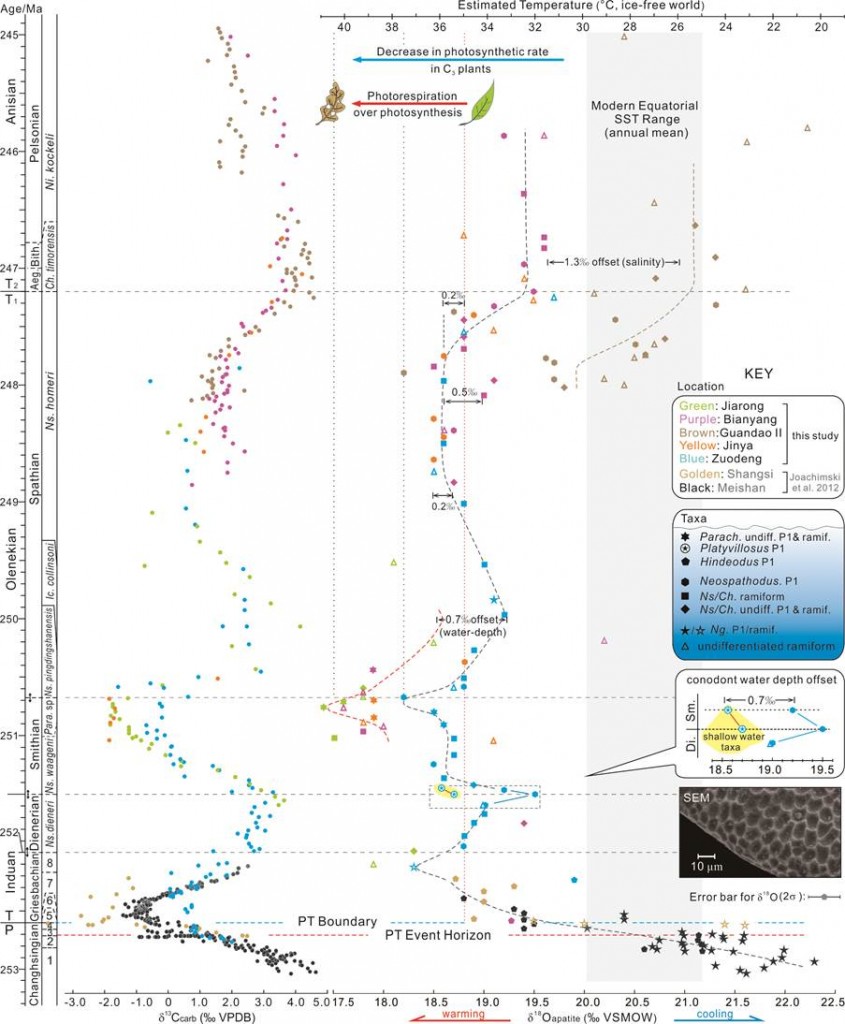
The Permian-Triassic event was a massive environmental catastrophe which continued through into the Triassic with mean sea temperatures well above those we see today. Such continued high temperatures affect the basic function of mitochondria and proteins in animals and causes plants to use oxygen-fuelled photorespiration over oxygen-producing photosynthesis.
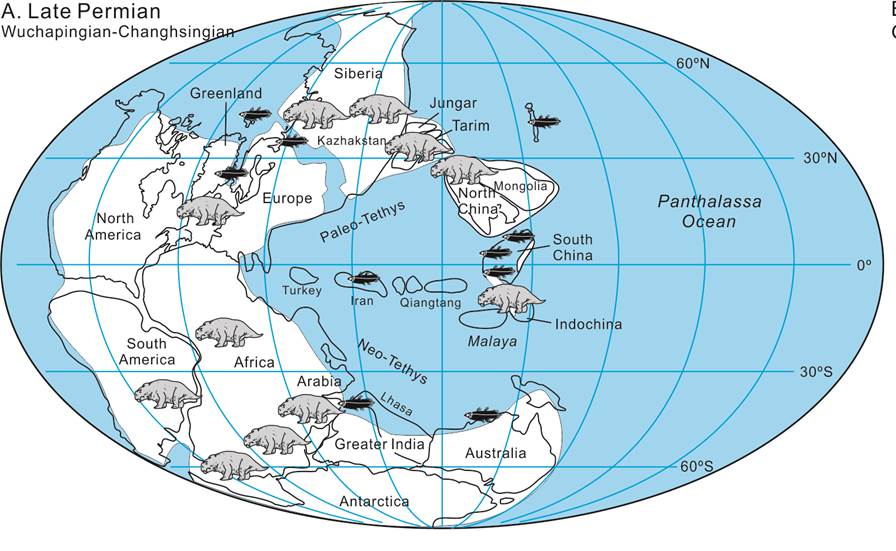
Such events can leave their legacy in the distribution of fossils. Before the P-Tr event, vertebrates were widespread, with fossil bearing localities throughout many palaeolatitudes.
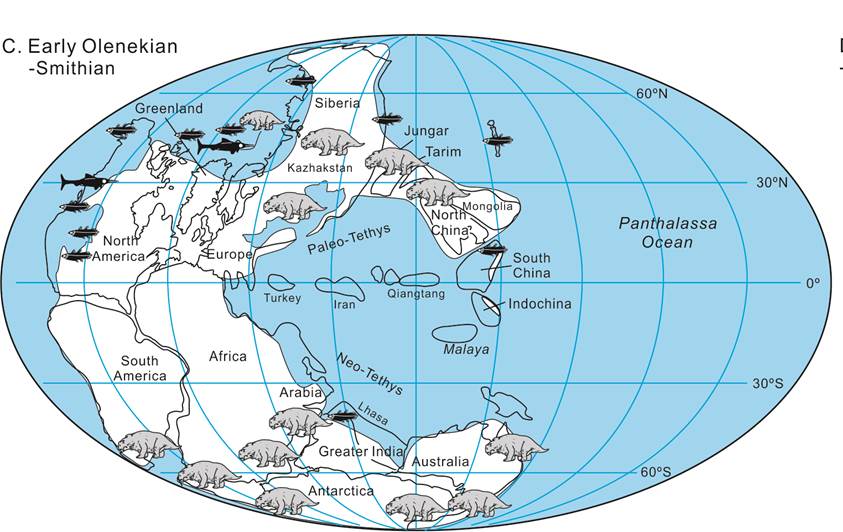
By the Middle-Early Triassic there are nearly no vertebrate bearing localities within the palaeotropics.
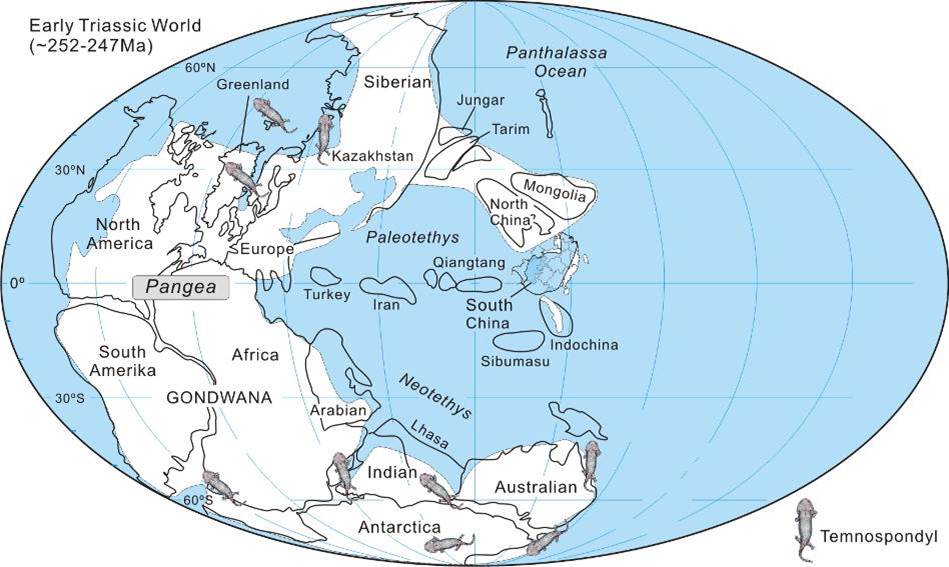
The intolerable conditions around the equator are even more evident when looking at such groups as the amphibians.

